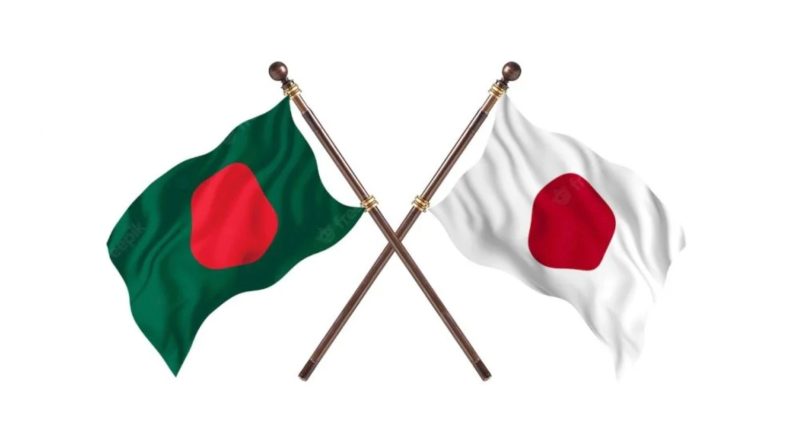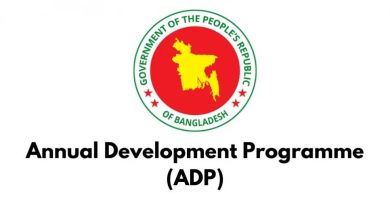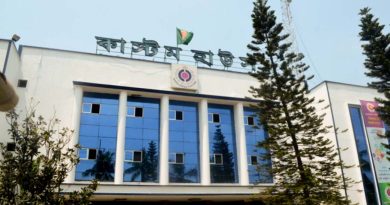Bangladesh will continue to enjoy duty-free market access to Japan for three years after graduating from the least-developed country (LDC) category, following Japan’s reform of its Temporary Tariff Measures Law to extend trade preferences for graduating nations.
Japan formally notified the World Trade Organization (WTO) of the amendment on November 5, confirming that LDCs will retain preferential tariff treatment for up to three years post-graduation. The WTO’s Committee on Trade and Development acknowledged the move on November 7.
The change, outlined in Article 8-2, paragraph 3 of the law, allows countries like Bangladesh to continue receiving special tariff exemptions designed to boost export income and industrial growth.
Trade experts hailed the decision as a significant boost for Bangladesh’s exporters. Dr. Mohammad Abdur Razzaque, Chairman of the Research and Policy Integration for Development (RAPID), said the measure mirrors the European Union’s post-graduation arrangement and provides vital breathing space for local industries.
He noted that Australia has announced a similar three-year extension, while China will continue LDC privileges for two years after graduation.
Bangladesh is set to graduate to developing-country status in November 2026, with key export markets including the EU, US, UK, Canada, India, and Japan.
Industry leaders welcomed Japan’s move. Fazlul Hoque, former president of the Bangladesh Knitwear Manufacturers and Exporters Association (BKMEA), called it “a welcome and expected step” that would sustain export growth. He urged the government and industry to use the transition period to improve port efficiency, reduce costs, and enhance productivity to stay competitive.
Bangladesh earned US$1.18 billion from garment exports to Japan in FY2024–25, up from $478 million in FY2012–13, according to Export Promotion Bureau (EPB) data.
The EU, UK, Canada, and Australia have already confirmed continuation of LDC trade preferences for Bangladesh until 2029, ensuring a smoother transition period for the country’s export sector.






